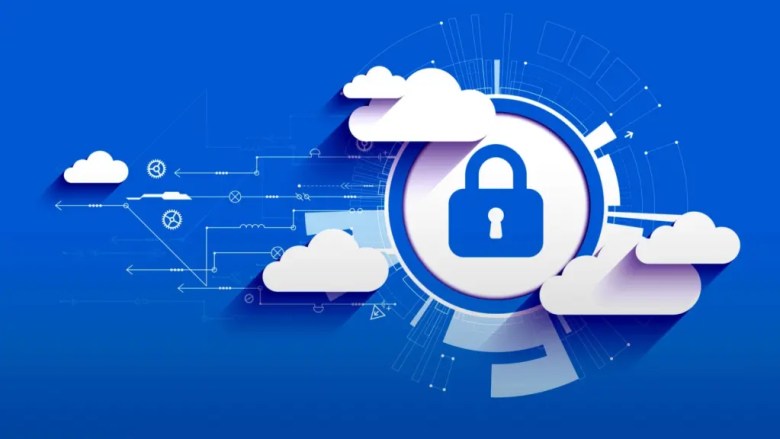
The features of SWG (Secure Web Gateways). In a world of centralized data and a growing need to access business-critical information from remote locations, secure web gateways (SWGs) are essential. They protect users from threats, apply security policies and enforce acceptable use policies for Internet and web access.
SWGs can be software-based or hardware appliances installed at a company’s network perimeter. Some also run as cloud-based services.
Features of SWG (Secure Web Gateways)
Real-time Web Traffic Monitoring
Real-time web traffic monitoring is a crucial capability of secure web gateways. It allows you to monitor all inbound and outbound web traffic that traverses your network, including all data transfers to and from the cloud. Unlike firewalls, which function at the packet level and use rules to allow or deny all incoming and outgoing packets, SWGs operate at the application level, inspecting, analyzing, and blocking suspicious web traffic. It includes data leakage prevention, URL filtering, malware code protection, and policy enforcement at the application level.
These capabilities enable you to protect your organization against advanced cyber threats that are difficult to detect and stop. In addition, secure web gateways can help prevent data exfiltration when personal information is stolen from your organization’s systems or networks.
Secure web gateways also offer a proxy that decrypts encrypted communication and scans it for dangerous material. Because hackers frequently encrypt data to hide their activities, it is crucial to incorporate SWG with the help of trustworthy providers like Versa Networks.
Malware Detection
A secure web gateway filters unwanted software and malware from user-initiated web traffic to protect the network from data breaches and help enforce corporate and regulatory policy compliance. SWGs can be deployed as hardware, software, or a virtual appliance and are active along the organization’s network perimeter or in the cloud.
In contrast to firewalls, which are only concerned with denying access to networks, secure web gateways also look at the overall traffic to detect malicious issues. It gives the security team a much broader scope to identify potential threats. For example, a secure web gateway can use a URL category database to block malware downloads from unrated hosts and sites with dubious reputations. It also blocks unencrypted content that does not comply with corporate policies.
New dynamic algorithms based on AI and machine learning may also learn to distinguish between malicious and benign files. Unlike static detection, these algorithms can update their rules over time to increase coverage. They can even recognize zero-day vulnerabilities and other sophisticated threats. It allows them to thwart known attackers as well as unknown ones.
Content Filtering
Content filtering capabilities are essential in a secure web gateway, as they can help prevent malicious content from entering the network and blocking access to sensitive data. It can also protect employees from phishing scams and malicious email links, leading to data breaches and loss of sensitive information.
A secure web gateway can use several filters, including software and cloud-based filtering. Both methods effectively protect corporate networks from a wide range of online threats.
While traditional content filters require a large-scale change to the network, cloud-based solutions are often easier to deploy and can scale rapidly. They also do not require centralized data centers or hardware.
In addition, these systems can monitor employee activities in real-time and provide graphical and textual reports that can be used to peruse by management, IT, or HR teams.
The ability to granularly control access to data and applications can benefit companies dealing with sensitive data, such as financial institutions, healthcare organizations, and educational establishments. It helps companies comply with regulatory requirements.
Web Isolation
Web isolation allows users to browse the Internet without risking a network-based infection. It also will enable organizations to use a more flexible approach to protecting their network from web-based threats. Browser isolation uses a virtualization method to move browsing activity from the end user’s workstation or desktop to a remote server, usually hosted in the cloud. The virtual environment can then display a live stream of what the end user sees while only displaying malware-free content.
It can also isolate malicious code, such as drive-by downloads, from the user’s computer and away from an organization’s network. It ensures that attacks cannot spread to the user’s system, saving the company money and time. Web isolation can also be used with other web protection technologies such as proxies, NGFW, and endpoint protection. Combining these technologies allows web isolation to eliminate common risks and help the IT team focus on more serious security concerns.
Data Loss Prevention (DLP)
With data now being stored in cloud-based services, a company’s DLP strategy must consider physical devices in the office and those used by remote employees. The data on these devices can be at risk of being leaked if a DLP solution does not appropriately protect them. DLP is a security strategy that helps companies protect their confidential business information and sensitive personally identifiable information (PII). It can also help companies comply with industry and data privacy regulations.
A DLP solution can also prevent unauthorized data transfers outside the organization by scanning and blocking sensitive content as it leaves the network. Typically, users can only copy files from corporate email accounts or upload business documents to consumer cloud storage services. In addition, a secure web gateway can also inspect encrypted traffic to identify malicious code and malware, compare this code to local and global threat lists, and block it accordingly.
Do you have other ideas about the article 5 Top Features of SWG Contributing in a World of Centralized Data? You can comment below or discuss more related to “5 Top Features of SWG Contributing in a World of Centralized Data” in the CnwinTech Forum. Also, read more articles about Insurance Tech, Insurance Business Investment, or other exciting tech tips and tricks at CnwinTech.
Want to have a capable desktop PC at an affordable price for multitasks, playing games, and working? Check out and visit our store below!











